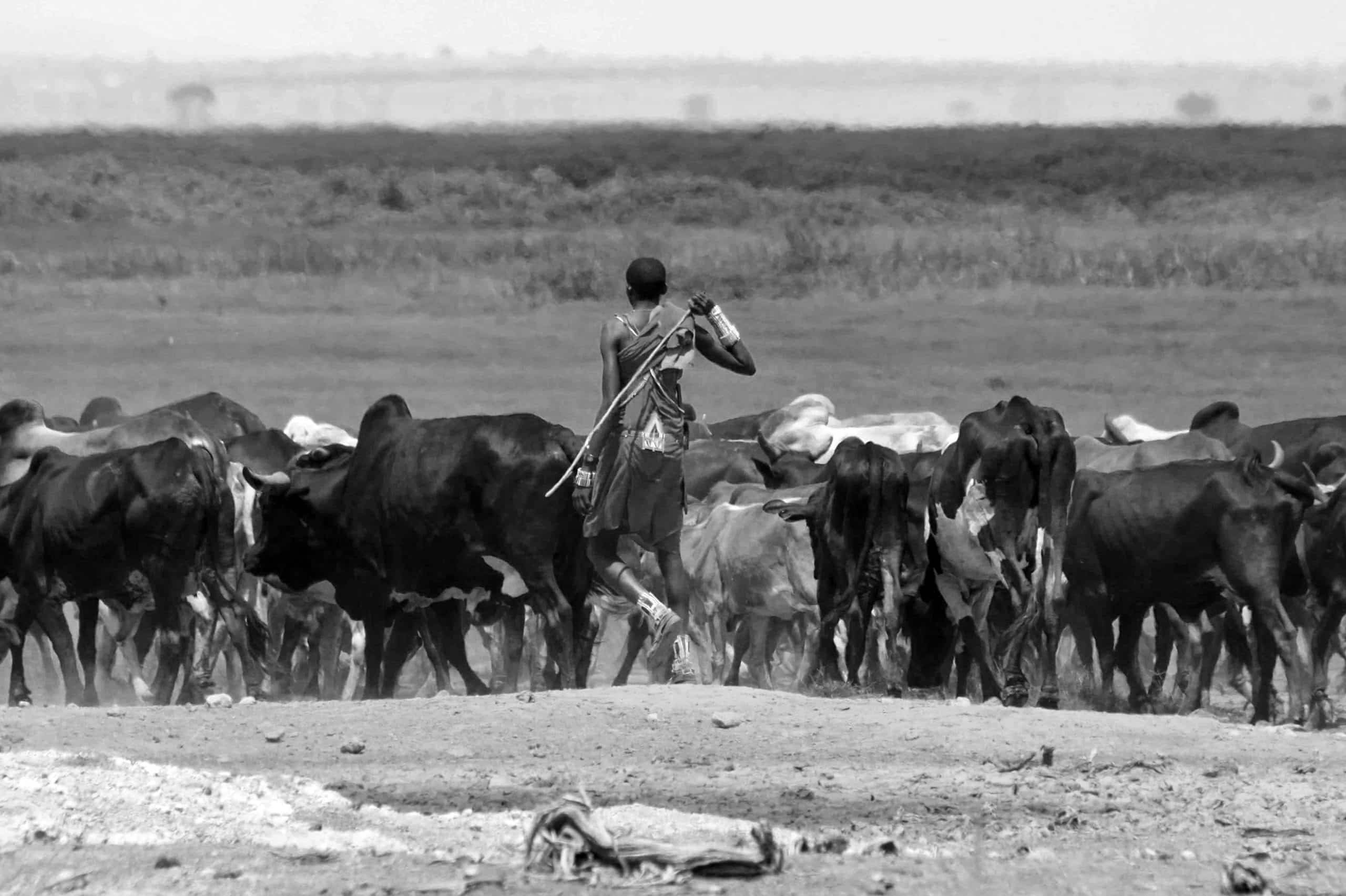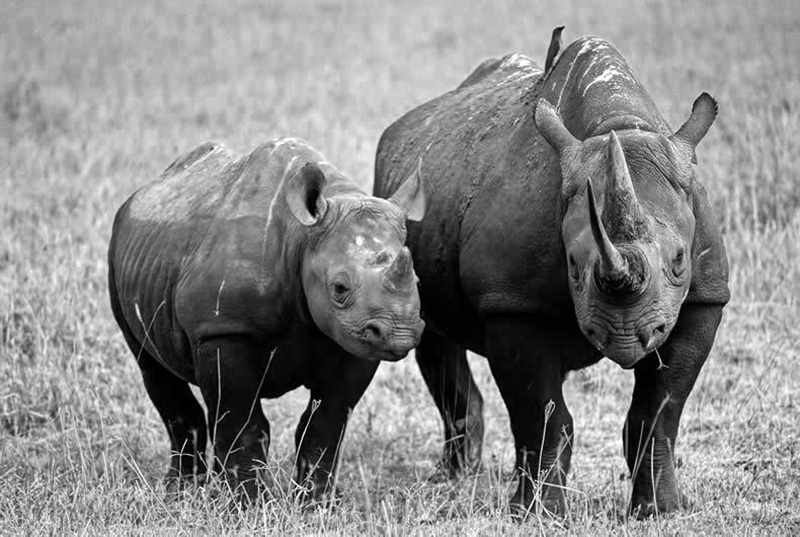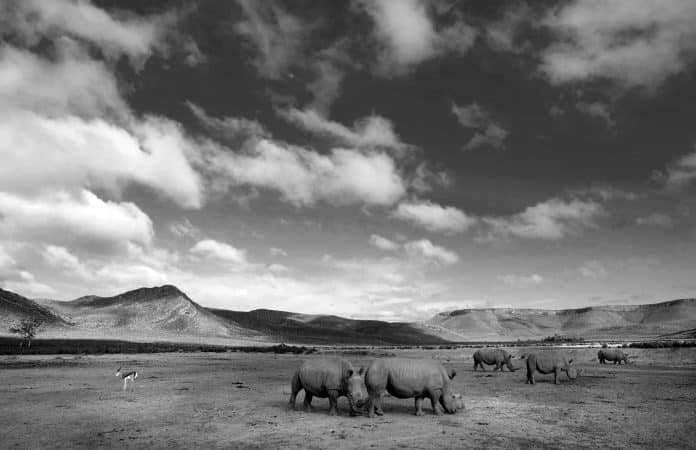A Quick Walkthrough – Mkomazi National Park Tanzania
Mkomazi National Park Location
The Mkomazi National Park is situated on the Kenyan border in the northeast of Tanzania. It sits in both the Tanga and Kilimanjaro regions. In 1951, the area was named a game reserve, and in 2006 it was upgraded to a national park.
The Mkomazi National Park covers a 3,234 sq km area, and Acacia-Commiphora plants dominate it. The Mkomazi National Park is also continual with the Kenya Tsavo National Park.
Two previous game reserves merged to form the area known as Mkomazi. These were the east Umba Game Reserve (situated in the Lushoto District of the Tanga Region) and the west Mkomazi Game Reserve (situated in the Same District of the Kilimanjaro Region). Government sources occasionally refer to the area as the Mkomazi-Umba Game Reserves. Between the two areas, Mkomazi is the largest. It also has more diversity of habitat and relief and a more extended border with the Tsavo West National Park.
In the rest of this piece, Mkomazi will refer to both the Umba and Mkomazi reserves combined.
Mkomazi National Park History
Mkomazi National Park has a history of conflicts like many other game reserves and national parks do. The park’s main battles were local users of rural resources and conservation planners who worked for the government. However, the park’s history differs from others in the East of Africa since limited resource use was initially allowed within it.
Many pastoral households who were from the Parakuyo ethnic tribe were permitted to continue living in the area with thousands of their sheep, cattle, and goats when Mkomazi National Park was first set out. The government (colonial) of that time allowed the pastoralists to live there with their families since they had been in the area for years. They were seen as a group who would not cause harm to the ecological integrity of the area and were allowed to only stay in the reserve’s eastern half. When it was established, migrant Maasai pastoral families who were from other ethnic groups were removed from the reserve.
However, soon after that, Mkomazi National Park was subject to migration from other herders. Some of these were resisted, while the Parakuyo facilitated others. The first decades of the reserve’s history tell a story of increasing cattle populations with resident and immigrant stock breeding and joining within it. During the early 1960s, approximately 20,000 animals inhabited the reserve’s east segment. The western segment was inhabited in the early 1970s by pastoralists who started residing there with their grazing stock. The number of cattle inside Mkomazi National Park as a whole increased to approximately 80,000 by the mid-1980s. It is estimated that thousands more intermittently used the grounds. While local herders from the Pare and Sambaa ethnic groups also grazed thousands of their cattle within the reserve, most immigrants belonged to the Maasai group. The Maasai are closely related to the Parakuyo ethnic group and not only speak the same language but share many of their customs too.
Due to increasing cattle quantities, environmental concern was caused, and pressure to evict them continued. By the late 1980s, the government ceased all grazing permission in the area surrounding the Mkomazi National Park, and all the herders were evicted. The evictions were complete by July 1988.

By claiming that they have customary rights to reside in the reserve, the evicted Parakuyo and Maasai pastoral families challenged the legality of their eviction in the Tanzanian courts. They lost the case, and after the evictions were finalized, the George Adamson African Wildlife Preservation Trust, the George Adamson Wildlife Preservation Trust (and its sister charity from America), Tony Fitzjohn, and the British charity showed interest in Mkomazi National Park. Ever since their initial interest, they have been leading the reserve restoration campaign. Some ways in which they have restored Mkomazi National Park was by establishing fenced Black Rhinoceros and African Wild Dog sanctuaries, upgrading infrastructure, and showing support to local villages in an outreach program.
Representations
Pastoralists still illegally invade the reserve, especially during its wet season. However, the primary huddle that Mkomazi National Park faces today concerns its representation. In general, the reserve has two extensive camps:
Mkomazi National Park is a notable success in the eyes of many conservationists. The reserve was threatened by animal grazing and human occupation but has been restored to good condition. The reserve gained international recognition due to the African Wild Dog compounds and extensive breeding areas for Black Rhinoceros’ that are being patrolled. Park rangers have been fitted with radios and neat uniforms, roads were regraded, and dams were dredged. Attacks by pastoralists and hunters are also restricted due to anti-poaching reserve patrols. Furthermore, the reserve had built a strong relationship with local villages by offering them more support and working with schools. A high-end Tanzania safari company who hosts tourist have revealed plans to establish regular Mkomazi National Park safari itineraries during the holidays to generate revenue from and for the reserve. Those who advocate for the success of Mkomazi National Park see all that is in place as a fantastic case of regaining control over lands for conservation after it had been under threat by human interference.
Few critics of the reserve can dispute the facts spewing from the above paragraph. For them, however, it does not reflect the entire story. Critics dislike pro-conservation writings that fail to include the eviction of former reserve residents and deny that they have been associated with the area for long. These critics know that thousands of herders were not only evicted from Mkomazi National Park but given skimpy compensation and most, none. Furthermore, critics believe that the benefits of outreach programs do not make up the cost of eviction, that many of those who were evicted receive no benefit from it, and that the over 50,000 residents around the reserve make it challenging to give locals valid benefits. Critics also view the ecological reasons for eviction as weak and say it is often made with no supporting data. They argue that the evictions were nothing more than another tragic case of people being separated from their land by conservations and that no wilderness was restored since none existed. In fact, they argue that the perfection of the area was created and abused.
Despite the striking differences, the two reserve versions thrive independently in their separate habitats, and they seldomly collide. Fund-raisers and various campaigns frequently advocate for Mkomazi National Park’s positive conservation aspects, which has led to the reserve gaining worldwide awards, celebrity advocacy, and support. Hundreds and thousands of dollars are raised annually. Mkomazi National Park is also on the round to benchmark how local residents should not be evicted. Critical standpoint arguments thrive in human rights and anthropological circles, university course teaching materials, and conservationists who support inclusive conservation approaches. Mkomazi National Park is one of a few protected regions where eviction costs and the impoverishment that resulted from it have been extensively documented.
Settlement standpoints surrounding arguments have been placed on the table. Some observers have argued that the ecological space inside the reserve allows for grazing. While this is theoretically possible from a legal standpoint within Tanzanian game reserves, it would have only been realistic in the eastern reserve segment because pastoral migrant was unpopular in the western segment. However, since Mkomazi National Park’s upgrade to a full national park, which prohibits local use, doing this is not an option. It seems though Mkomazi National Park is a place destined to have two different stories told.
Mkomazi National Park Fauna

A UK study by its Royal Geographical Society found that a diverse range of fauna inhabited the reserve, and interaction among the different species was ample. Some fauna in the Mkomazi National Park are:
- African Elephants
- African Wild Dogs
- Black Rhinoceros
- Common Elands
- Grant’s Zebras
- Hartebeests
- Lions
- Spotted Hyenas
Mkomazi National Park Map
Frequently Asked Questions and Other Important Details About the Mkomazi National Park
- Mkomazi national park entrance fee – $20 for a non citizen adult (as of year 2022)
- Mkomazi national park accommodation:
-
- Babu’s camp Mkomazi national park – Babu’s camp Tripadvisor
- Mkomazi national park hotels by Expedia
- Mkomazi national park lodges by Tripadvisor
- Mkomazi national park contacts:
There is no specific Mkomazi park contact information but you need to go through the Tanzania National Parks.
Tanzania National Parks P.O Box 3134 Arusha.
+255 (0) 272 970 404.
+255 (0) 272 970 408.
info@tanzaniaparks.go.tz, cc@tanzaniaparks.go.tz,
For more articles related to Wildlife Parks in Tanzania click here!


































